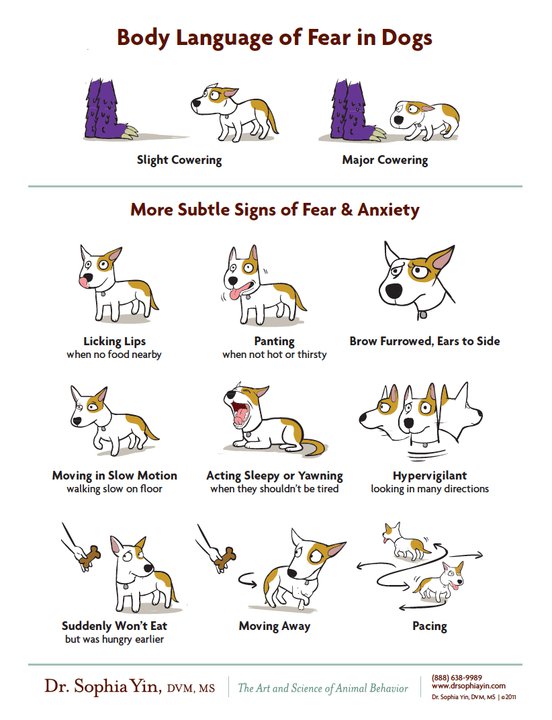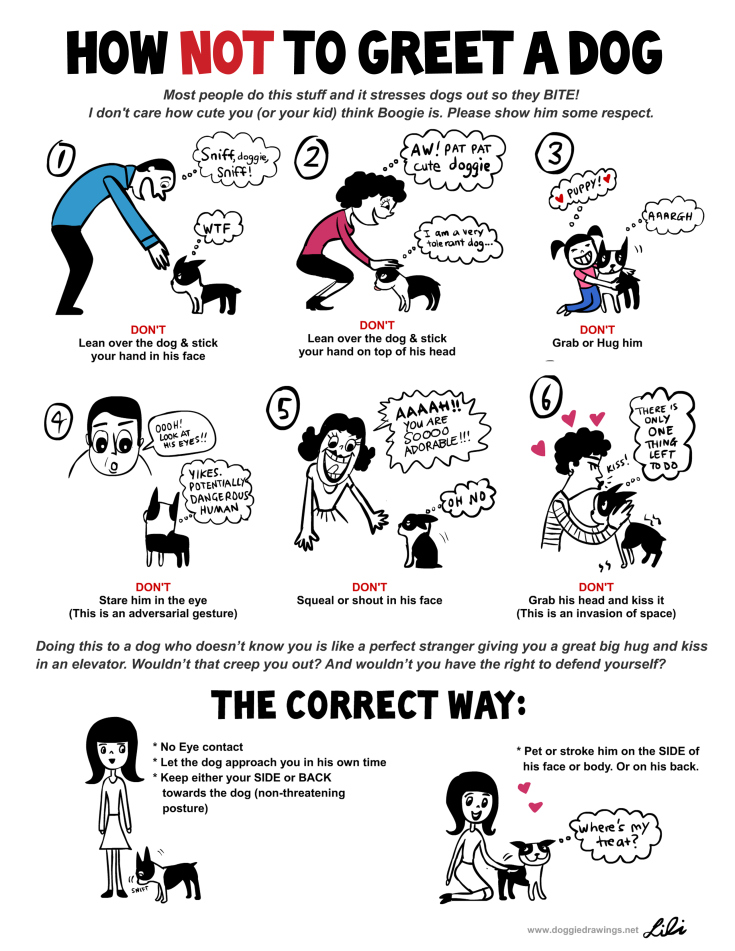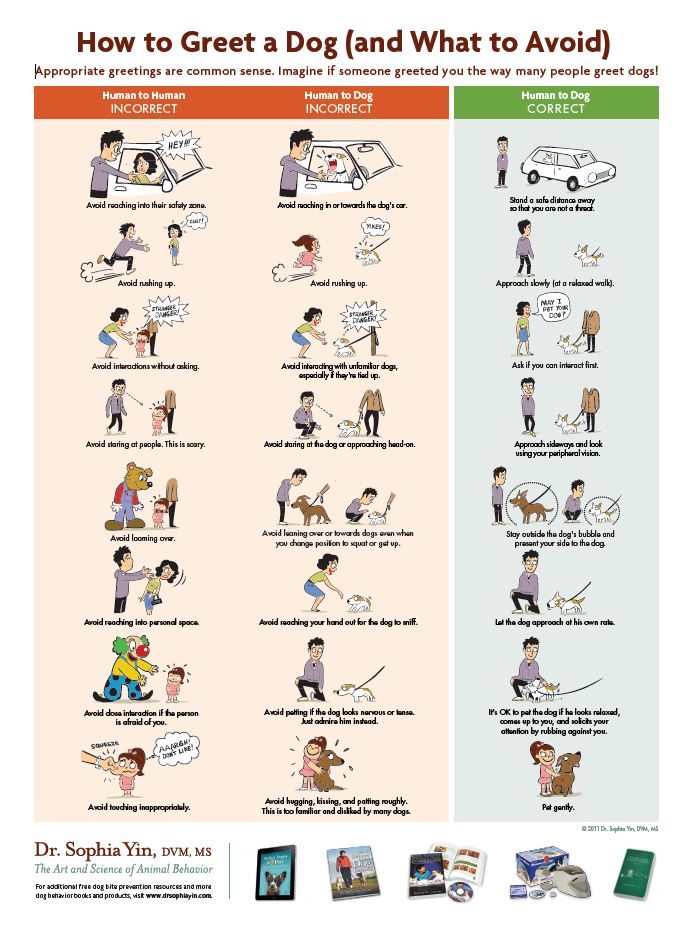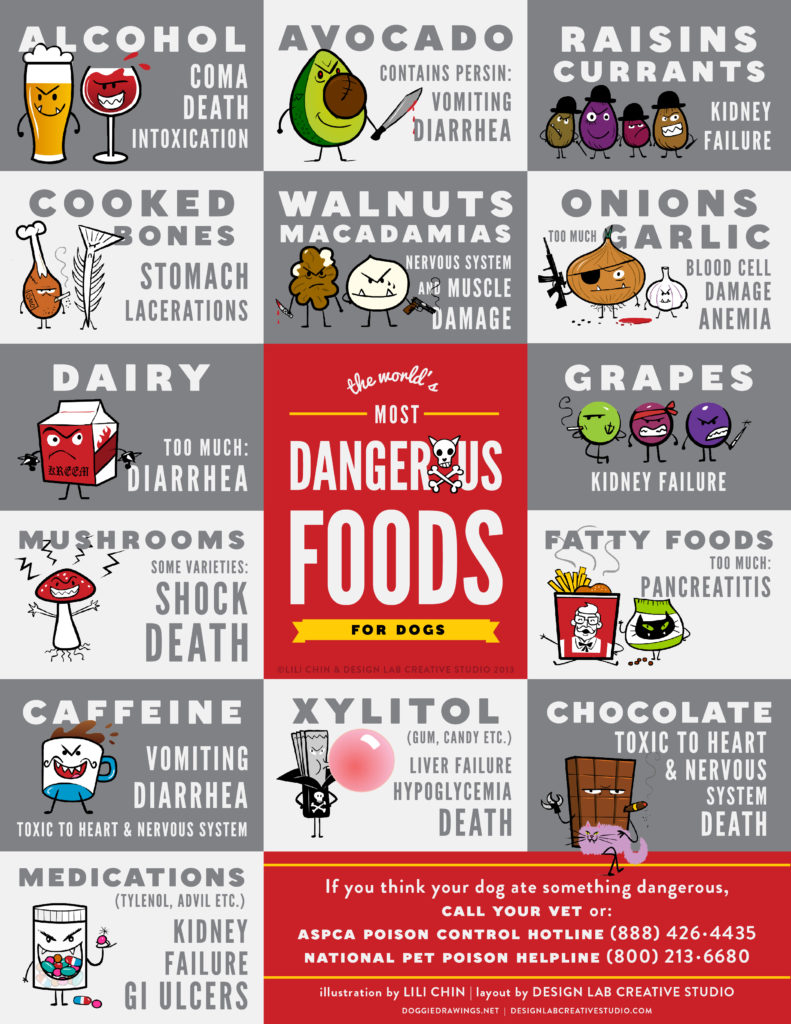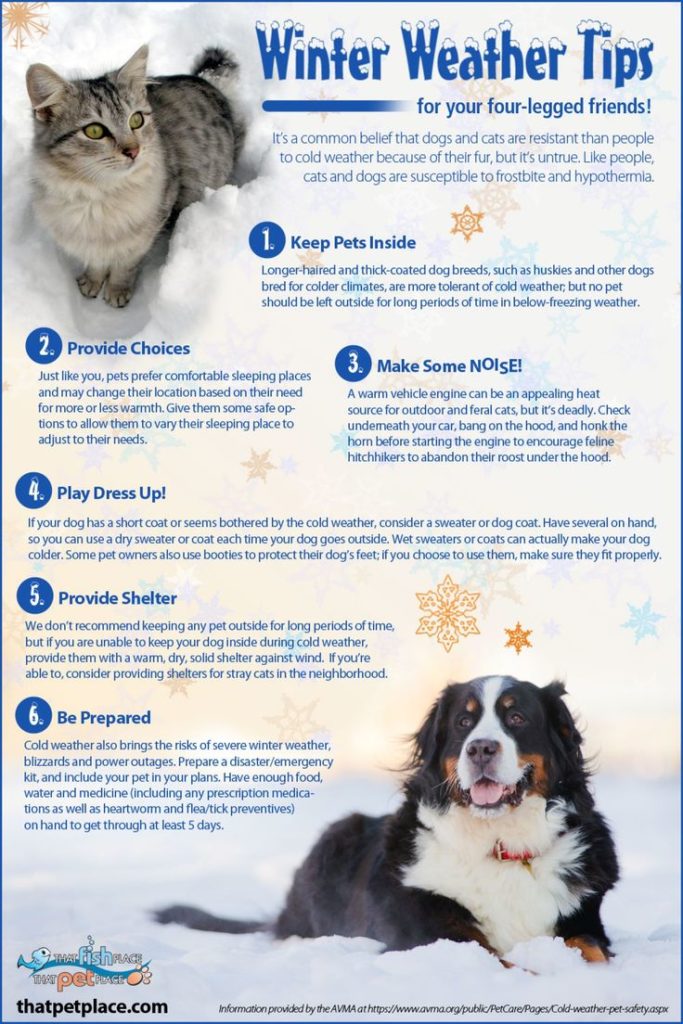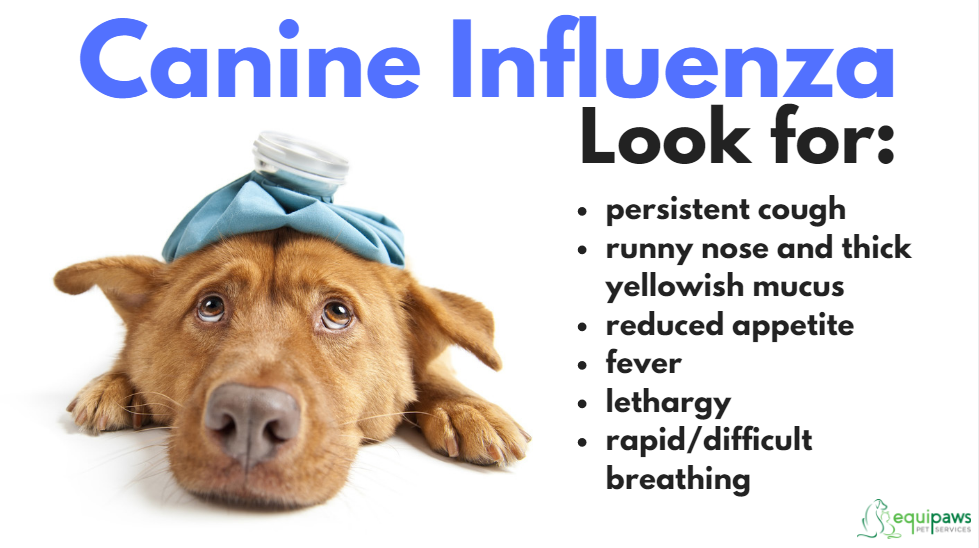We’ve all heard the popular explanations for canine behavior. “He is trying to be alpha” or, “He is showing his dominance”. Or, my favorite: “You must show your dog who’s boss.” Everything from aggression to nuisance behavior is explained away using this alpha dog logic which came from antiquated studies of captive, unrelated wolves. The study suggested a rigid social hierarchy maintained by aggression. However, more recent research has revealed:
- The natural social grouping of wolves is actually based on co-operative family members with very little aggression
- Studies of interactions between dogs show no evidence of fixed ‘hierarchical’ relationships
- There is no research to support that dogs even consider humans as part of their social structure to dominate
In fact, a true leader (dominant) dog is calmer, more confident, socially balanced and less aggressive, not more. Veterinarian behaviorists seem to understand two crucial aspects of our canine counterparts:
- Aggressive displays largely stem from fear or anxiety
- Most behaviors are learned responses
Aggressive displays are often used as a tool to create distance. Since, at the root of all canine communicationthere is one goal: To avoid conflict. Many under- socialized dogs feel extreme anxiety with the proximity of other canines. Each time an anxious dog uses an aggressive display and successfully creates the distance he needs, his use of it is reinforced. The aggressive display becomes a learned behavior because what gets rewarded gets repeated. Fortunately, ANY learned behavior can be unlearned once we stop attributing dominance as the ‘catch all’ explanation. Incorrectly ascertaining that a behavior comes from a dog’s desire to dominate usually leads to force based training methods which can largely exacerbate the behavior or worse – damage the dog’s relationship with his handler. Instead, methods that use positive reinforcement are gaining popularity- as well they should! We’ve all had that horrible boss that only harped on the bad and never acknowledged the good. Just as you attract more bees with honey; your dog learns faster and is more motivated to please when you consistently reward the behaviors that you want to see. That’s true leadership!


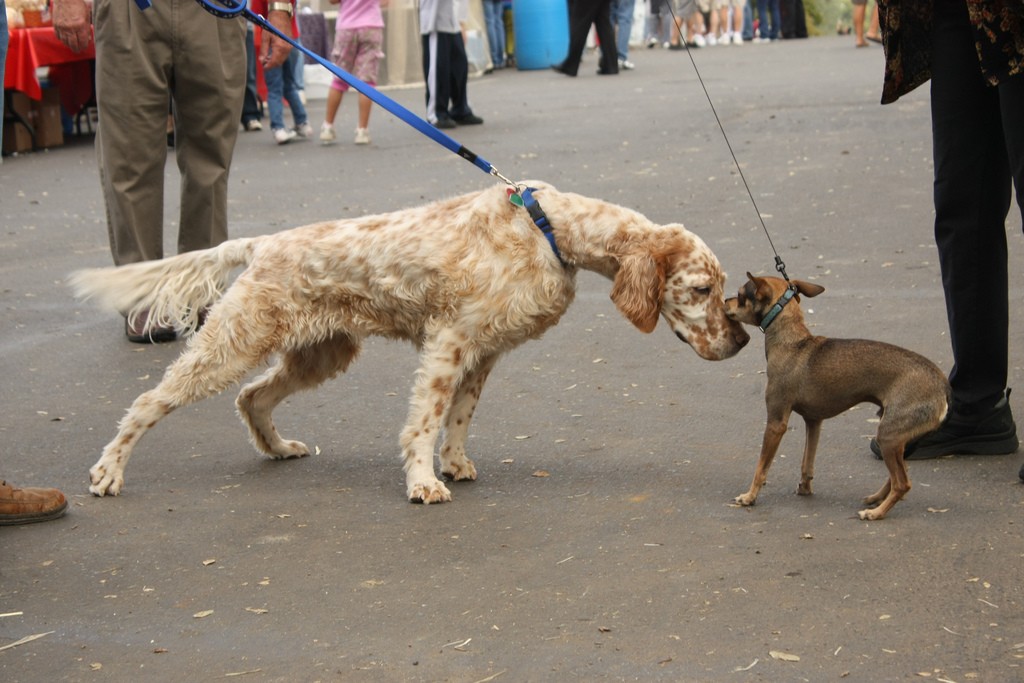
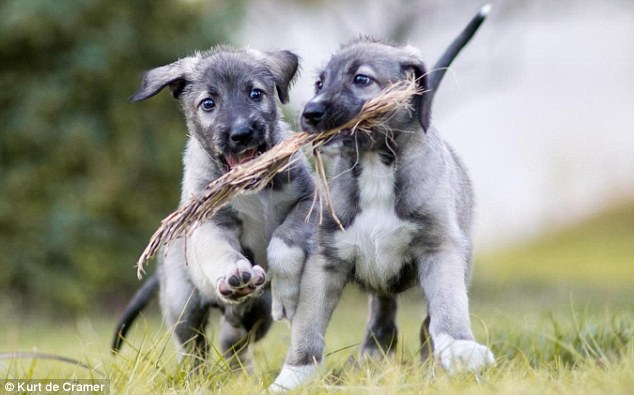
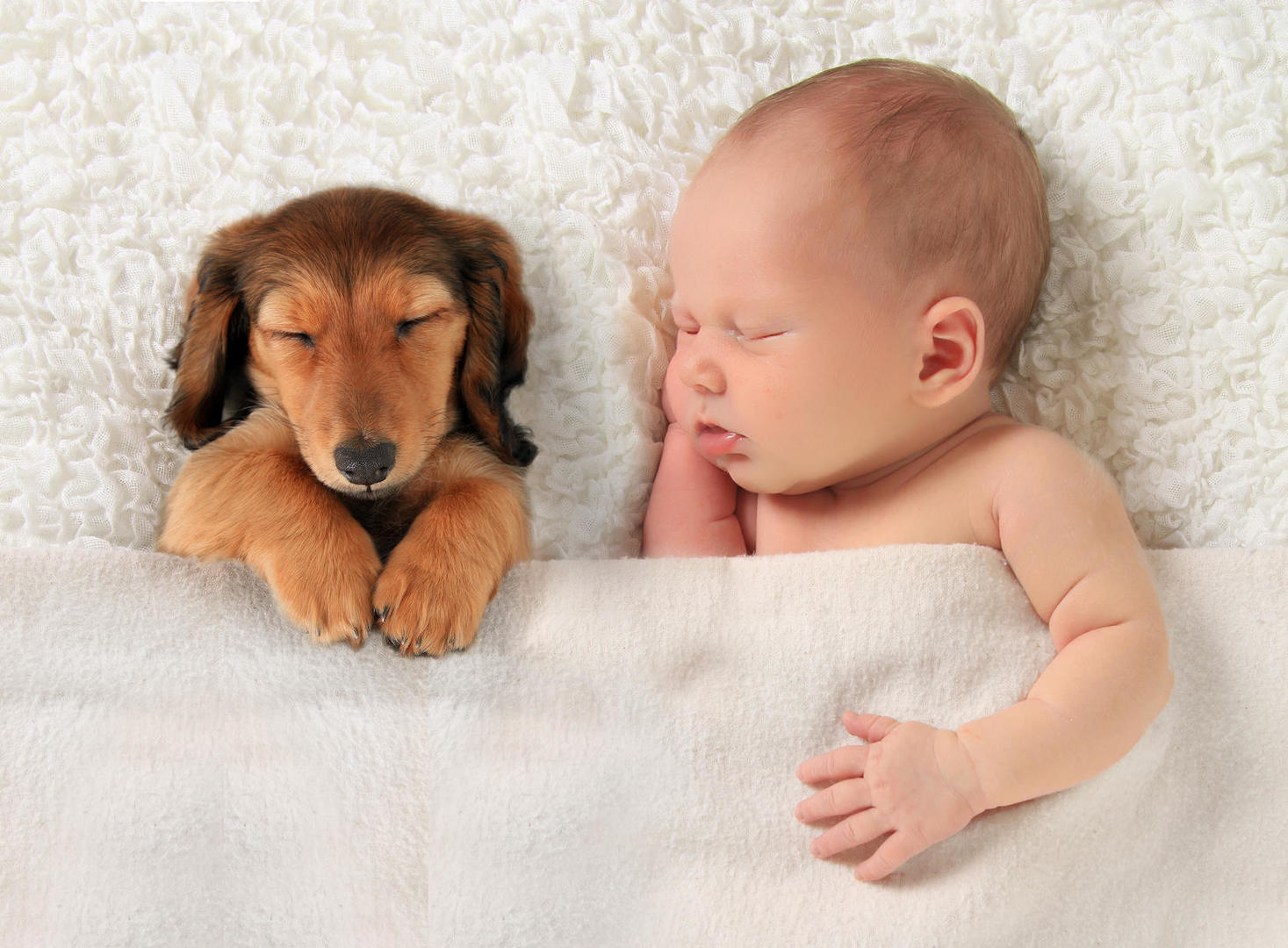

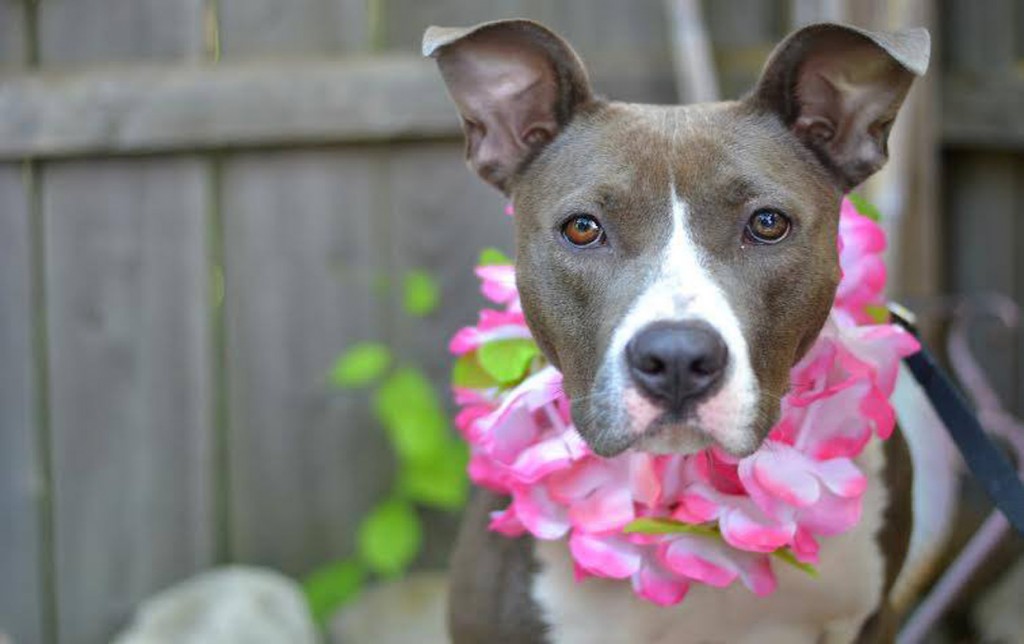
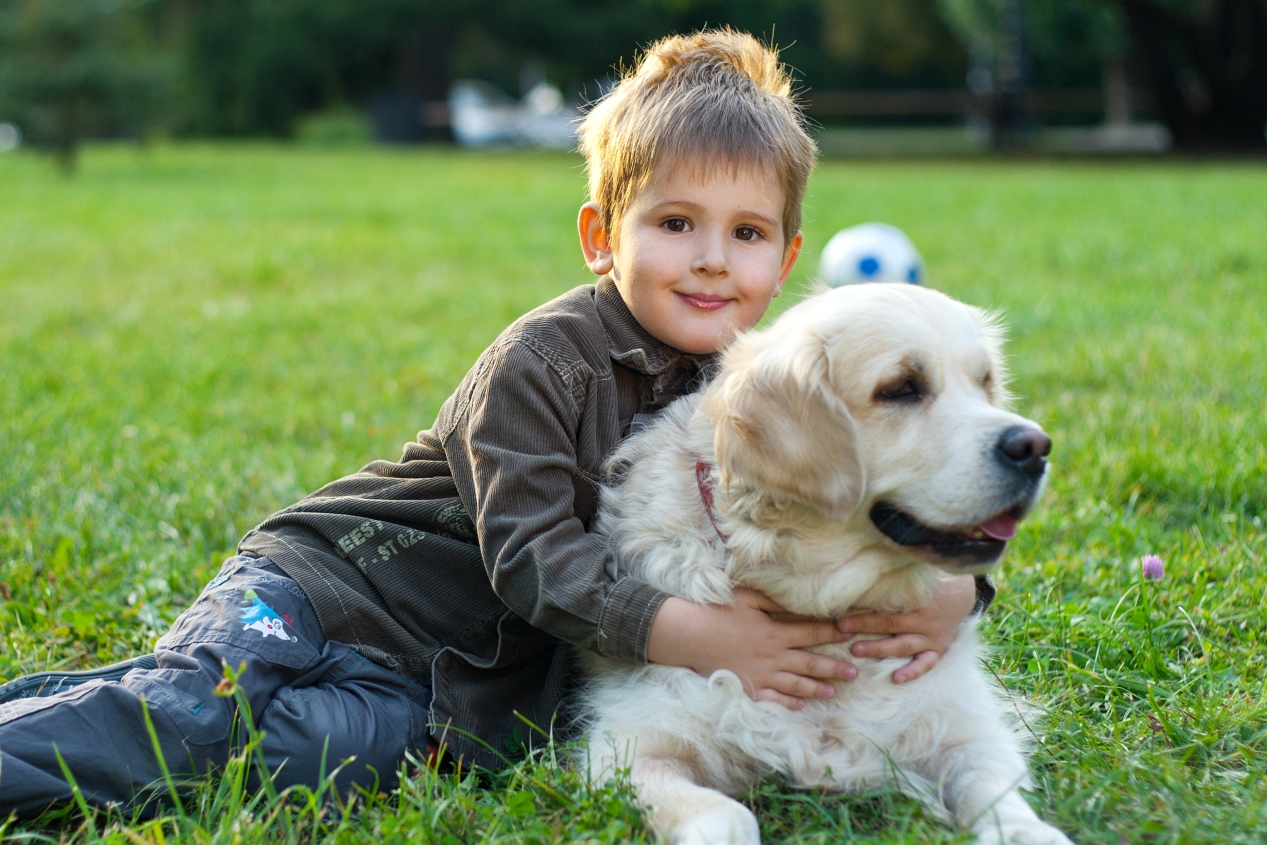


 I have a certification in pet first aide and CPR. I can provide emergency care until veterinarian care can be acquired.
I have a certification in pet first aide and CPR. I can provide emergency care until veterinarian care can be acquired. I scored a A on all my canine body language and behavior quizzes
I scored a A on all my canine body language and behavior quizzes This badge indicates that this host has created an emergency preparedness plan detailing steps to take in the event of a natural disaster at the host’s home.
This badge indicates that this host has created an emergency preparedness plan detailing steps to take in the event of a natural disaster at the host’s home. This badge indicates that your host has completed the steps necessary to ensure they are covered by Petz Pack’s 24 hour emergency protection plan .
This badge indicates that your host has completed the steps necessary to ensure they are covered by Petz Pack’s 24 hour emergency protection plan .

